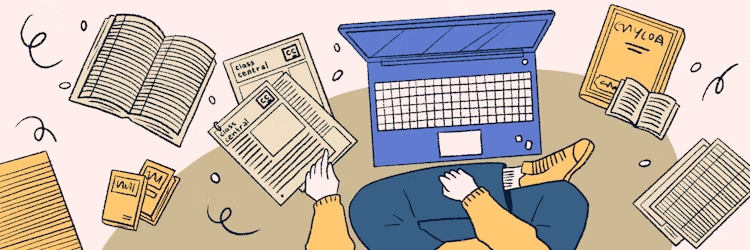Get tips to solve common problems that project teams face when practicing agile.
Overview
Syllabus
Introduction
- Welcome
- What you should know
- We don't get along
- We don't work together
- Everyone is still siloed
- No one knows what we're doing
- We can't see beyond our current sprint
- Our sprint commitments are wrong
- We don't have needed skills
- Everything gets stuck in testing
- Let's go back to waterfall
- Stand-up is dysfunctional
- No one contributes in retrospective
- The team doesn't know what to build
- Distributed team collaboration
- Clues in your burndown chart
- No one comes to sprint review
- No one speaks up in planning
- No one wants to learn a new skill
- We don't have time for new skills
- We need a specialist
- Cross-team dependencies
- What time is stand-up?
- Building open communication
- Working with remote stakeholders
- Engaging sponsors with remote teams
- Coaching the resource manager
- Building a community of practice
- Dealing with change management
- Influencing decision makers
- Scrum master speaks for the team
- What to do when no obstacles are raised
- The team always has carry over stories
- Maintaining architectural alignment
- The team is burned out
- Sprint zero lasts more than four weeks
- Solutioning in stand-up meeting
- Scrum master is assigning tasks
- Scrum master is a team contributor
- Projects always have a phase two
- Absentee scrum master
- Stand-up meeting is more than 15 minutes
- No one listens in the stand-up meeting
- The story is not ready for sprint planning
- Acceptance criteria are unclear
- Story sizing is inconsistent
- The team always overcommits
- The team always undercommits
- The team does not swarm
- Product owner says how to build the product
- Shifting to a more agile mindset
- The scrum master uses a commanding style
- The team finishes sprints early
- Product owner is never around
Taught by
Kelley O'Connell



